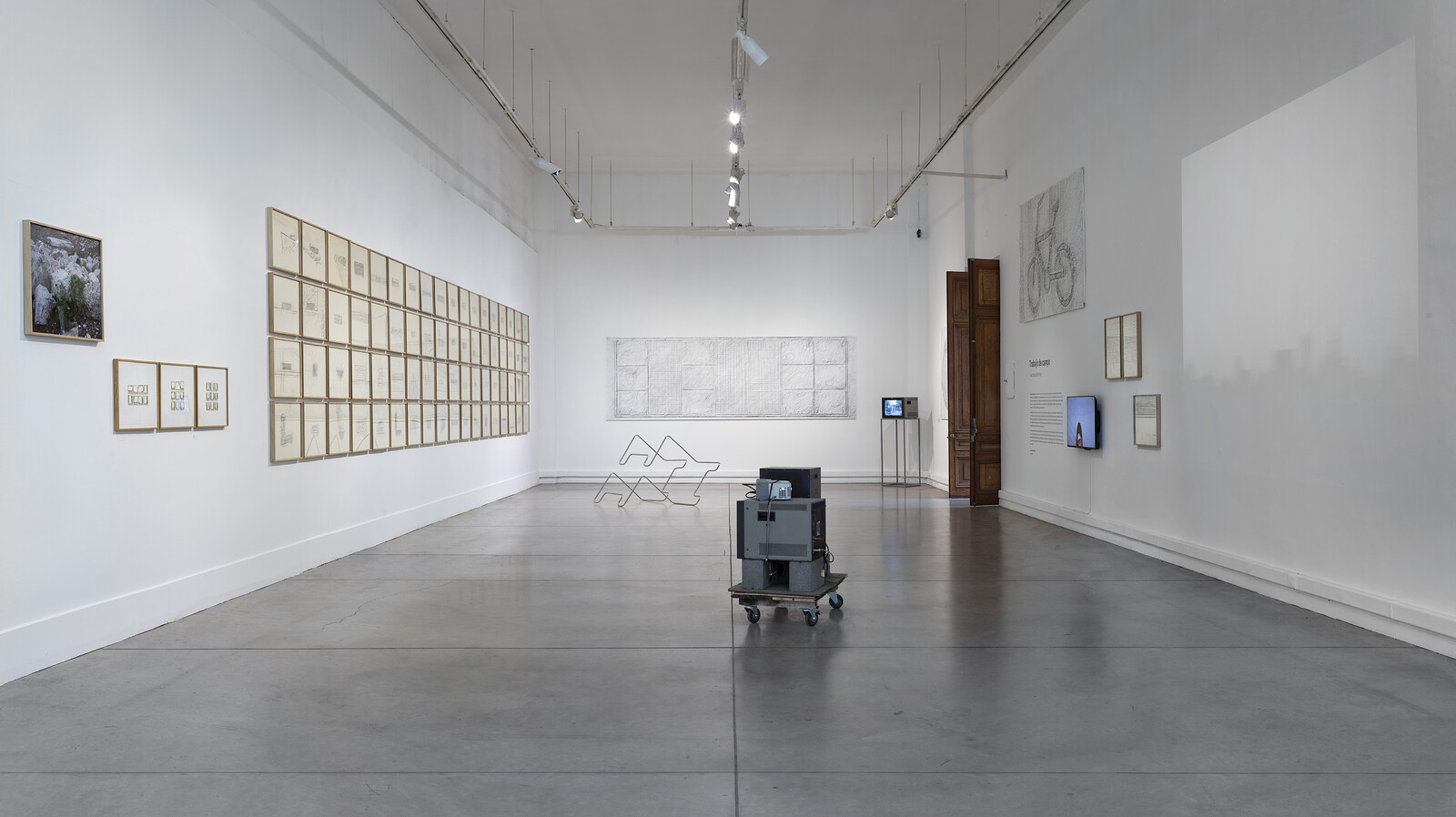Trabajo de campo (Fieldwork)
December 12, 2024–April 20, 2025
Parque Forestal venue
506 Ismael Valdés Vergara Av.
8320061 Santiago
Santiago Centro
Chile
Hours: Tuesday–Sunday 10:30am–5:30pm
T +56 2 2977 1741
dirmac@uchile.cl
The Museo de Arte Contemporáneo in Santiago, Chile, presents Trabajo de campo (Fieldwork), Francisca Benítez’s first survey exhibition, curated by Joselyne Contreras, in its Parque Forestal venue.
Francisca Benítez is a multidisciplinary artist born in Chile. Her process-based practice investigates the relationships between space, politics and language. Trabajo de campo marks the artist’s 50th birthday and brings together several of her most significant works, developed over the last two decades. The title alludes to both observation and collection as well as to working with the land, farm labor, and reflects on the artist’s practice’s connection with being/researching in places such as New York, her residence since 1998, and in the rural area of Pichingal (VII Maule Region), her place of origin and residence in Chile, from where several works emerge.
The exhibition questions the relationship between power and the construction of cities. It explores the collective, the ephemeral, the occasional, solidarity, desire, and imagination as essential elements for making and, at the same time, contesting the city. The underlying critical question is what the capitalist system implies for life and what idea of city and citizenship it generates. The artist explores these questions through rubbings, public space actions, installations, and collective and community projects.
The exhibition’s curatorship, led by Joselyne Contreras, highlights how Benítez’s body of work is articulated as a material testimony of her commitment to the communities and territories in which she lives and intervenes.
Trabajo de campo is an invitation to imagine new systems of spatial and social organization through an artistic language that crosses disciplinary boundaries and celebrates the possibilities of collective transformation, says the curator.
Some highlights are Property Lines, a collection of graphite rubbings on paper documenting 72 property line floor markings in New York City sidewalks, made during the financial crisis and bank bailout of 2008, and Riego, her most recent body of work in combined media researching the local irrigation practices of her land of origin in the Lontué River basin.
The exhibition is co-curated and produced by Die Ecke Arte Contemporáneo with support from Fondart 2024.

